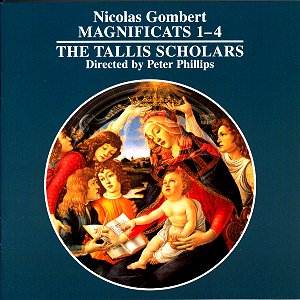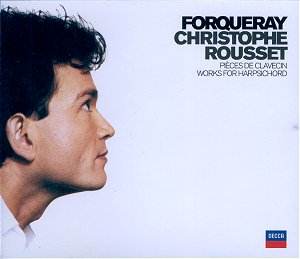 Composer: Wolfgang Amadeus Mozart
Composer: Wolfgang Amadeus Mozart
Works: Piano Sonatas K279, K280, K281, K282, K283, K284, K309, K310, K311, K330, K331, K332, K333, K457, K533, K545, K570, K576
Performers: Klára Würtz, piano
Recording: Summer 1998, Maria Minor, Utrecht
Label: Brilliant Classics
The piano sonatas of Wolfgang Amadeus Mozart represent a cornerstone of the classical repertoire, illuminating the evolution of the composer’s musical language as he transitioned from the simplicity of his early works to the more sophisticated textures of his later compositions. This seventh volume of the Brilliant Classics complete Mozart edition, performed by Hungarian pianist Klára Würtz, encompasses a broad spectrum of sonata forms, each reflecting distinct moods and stylistic developments. From the buoyant charm of the early C major K279 to the more introspective C minor K457, the sonatas present a diverse musical landscape, ripe for interpretation.
Würtz’s performances are technically proficient, showcasing her ability to navigate the virtuosic demands of these works. For instance, in the G major sonata K283, she executes the lively prestos with clarity, demonstrating dexterity in the rapid passages and intricate ornamentation. However, while her playing is competent, it often lacks the deeper musical engagement that brings Mozart’s vibrant emotional palette to life. The early sonatas, described by Robert W. Gutman as “spare in texture, limpid, and discreet,” require a sensitivity that seems somewhat elusive in Würtz’s interpretations; the music feels under-explored rather than vividly expressed.
The recording quality itself presents challenges. The sound possesses a notable reverberation that detracts from the clarity one would expect in a more intimate setting. The instrument—a Steinberg—strikes a curious balance between fortepiano and modern piano, yet fails to project the character and nuance that is critical for Mozart’s music. The sonority lacks the brightness and immediacy that could elevate these performances. In particular, the subtleties required in the adagio of K570, with its delicate interplay between melody and harmony, come across as somewhat muted, failing to resonate with the emotional weight inherent in the score.
When compared to recordings by esteemed interpreters such as Alfred Brendel or Mitsuko Uchida, Würtz’s interpretations feel restrained and unvaried, lacking the dynamic contrasts that imbue these works with life. Brendel, for instance, infuses the K310 sonata with a sense of drama and urgency that Würtz does not quite capture, particularly in the andante cantabile, which can evoke profound introspection. The individuality that should emerge from each sonata is often lost in a performance that, while polished, does not delve deeply enough into the emotional and structural complexities of Mozart’s writing.
Klára Würtz’s contribution to this expansive collection serves as an accessible entry point for listeners seeking to explore Mozart’s piano sonatas. While her performances are technically sound, they do not rise to the level of transformative interpretation that this repertoire demands. For those seeking deeper musical insights and a more profound connection to the emotional landscapes of Mozart, alternative recordings by more seasoned interpreters remain the preferred choice. The sonatas, inherently rich and multifaceted, deserve to be presented with the artistry and sensitivity that can truly illuminate their enduring brilliance.



